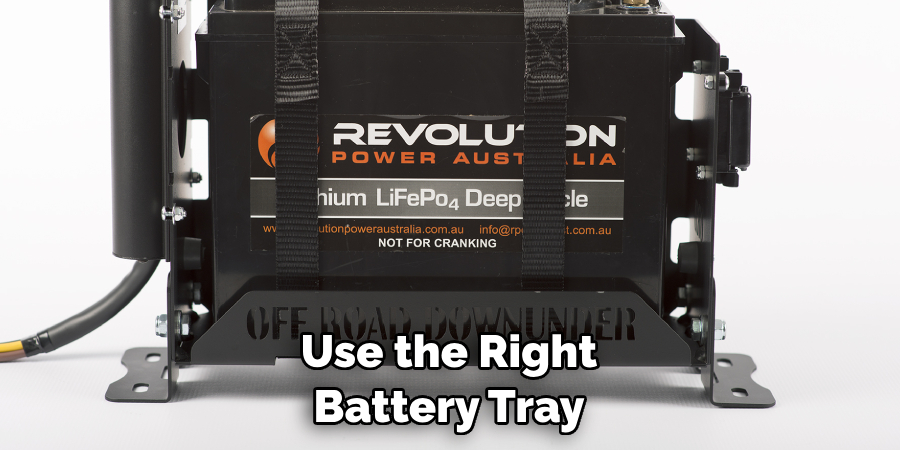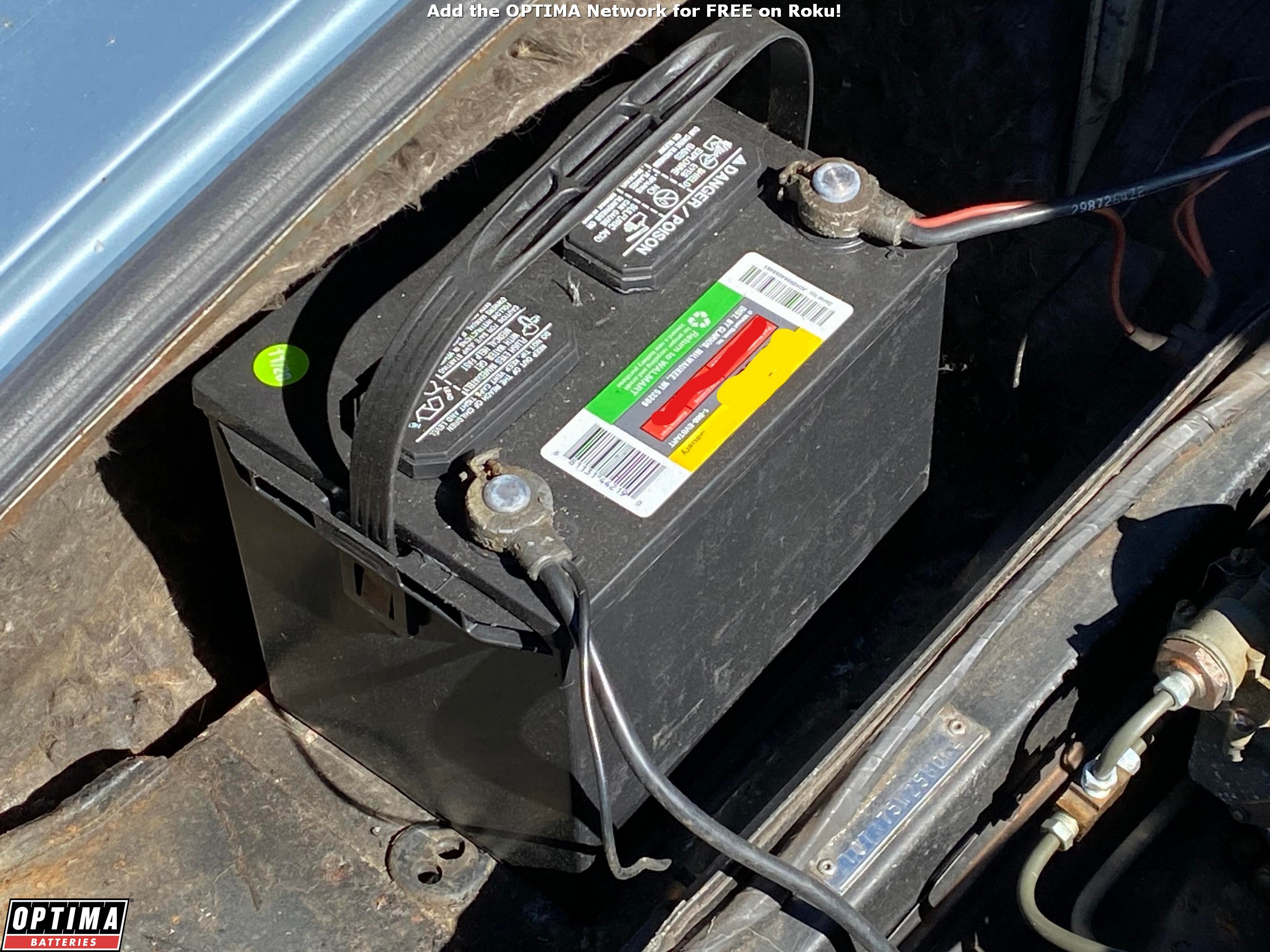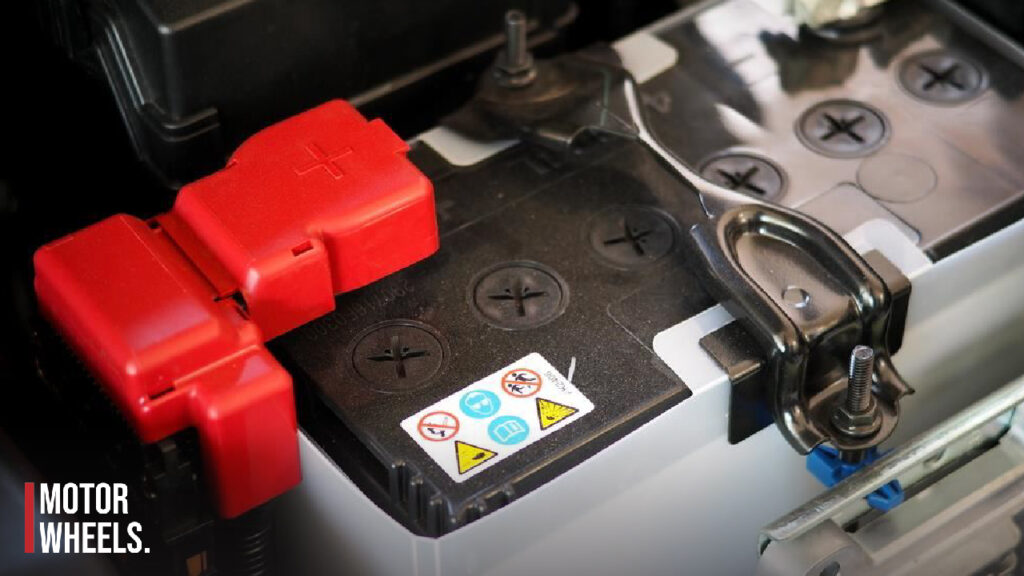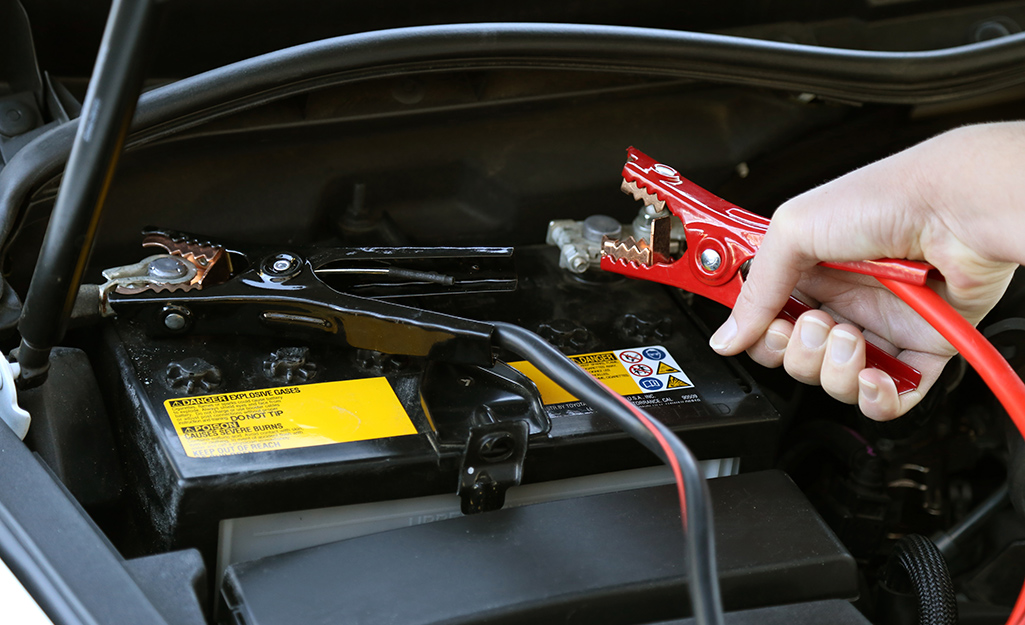How To Secure Battery In Car

Every year, countless vehicles suffer from preventable battery damage, often due to inadequate securing. This oversight can lead to significant safety hazards and costly repairs, demanding immediate attention from all vehicle owners.
A loose car battery isn't just an inconvenience; it poses serious risks, including electrical shorts, acid leaks, and even complete battery failure. Properly securing your battery is a simple yet crucial maintenance task that can prevent these dangers and extend your battery's lifespan.
Immediate Action: Inspect Your Battery's Security
The first step is a visual inspection. Open your car's hood and locate the battery. Ensure the battery is firmly held in place by a mounting bracket or hold-down clamp.
Check for any signs of looseness or corrosion around the terminals and the hold-down mechanism. Even a slight wiggle indicates a potential problem that needs immediate attention.
Tools and Materials Needed
Securing a car battery typically requires basic tools: a wrench or socket set (usually 10mm or 13mm), a battery terminal cleaner, and potentially replacement hold-down hardware. Safety glasses and gloves are also essential for protection.
If the existing hardware is damaged or corroded, purchase a replacement hold-down kit from your local auto parts store. These kits are generally inexpensive and easy to install.
Step-by-Step Guide to Secure Your Car Battery
Step 1: Safety First
Before beginning any work, turn off the car's ignition and disconnect the negative (-) terminal of the battery. This will prevent any accidental electrical shorts.
Wear safety glasses and gloves to protect your eyes and skin from battery acid. If you notice any corrosion, handle it carefully and avoid direct contact.
Step 2: Clean the Battery Terminals
Use a battery terminal cleaner or a mixture of baking soda and water to clean any corrosion from the terminals. Corrosion can impede the battery's performance and contribute to premature failure.
Scrub the terminals thoroughly with a wire brush or terminal cleaning tool until they are clean and free of debris. Rinse with water and dry with a clean cloth.
Step 3: Inspect and Replace Hold-Down Hardware
Examine the battery hold-down bracket or clamp for any signs of damage, such as cracks, rust, or missing parts. If the hardware is compromised, replace it with a new kit.
Install the new hold-down hardware according to the manufacturer's instructions. Ensure the battery is centered in its tray and the hold-down mechanism is properly positioned.
Step 4: Secure the Battery
Tighten the hold-down bolts or clamps until the battery is firmly secured. Avoid over-tightening, as this can damage the battery case. A snug fit is all that's needed.
Give the battery a gentle wiggle to ensure it's not moving. If it still feels loose, re-adjust the hold-down mechanism and tighten the bolts further.
Step 5: Reconnect the Battery Terminals
Reconnect the positive (+) terminal first, followed by the negative (-) terminal. Ensure the terminals are securely attached and properly tightened.
Apply a thin layer of dielectric grease to the terminals to prevent future corrosion. This will help maintain a good electrical connection and extend the lifespan of your battery.
Common Mistakes to Avoid
Over-tightening the hold-down mechanism is a common mistake that can damage the battery case. Tighten the bolts only until the battery is snug and secure.
Neglecting to clean the battery terminals can lead to corrosion and poor electrical connections. Always clean the terminals before securing the battery.
Using the wrong size wrench or socket can damage the hold-down bolts or clamps. Use the correct size tool for the job.
When to Seek Professional Help
If you're uncomfortable working on your car's electrical system, or if you encounter any difficulties during the battery securing process, seek professional help from a qualified mechanic. Improperly secured batteries can pose significant safety risks.
If you notice any signs of battery damage, such as cracks, leaks, or swelling, have the battery inspected and replaced by a professional immediately. A damaged battery can be dangerous and should not be used.
Long-Term Maintenance
Regularly inspect your car battery's security as part of your routine vehicle maintenance. Check the hold-down mechanism for looseness or damage and clean the terminals as needed.
By following these simple steps, you can ensure your car battery is properly secured, preventing potential hazards and extending its lifespan.
Conclusion: Prioritize Battery Security Now
Securing your car battery is a fundamental safety measure that every vehicle owner should prioritize. Don't delay; inspect your battery's security today and take immediate action if you find any issues. Your safety and the longevity of your vehicle depend on it. Ignoring this simple task can lead to serious consequences.

















